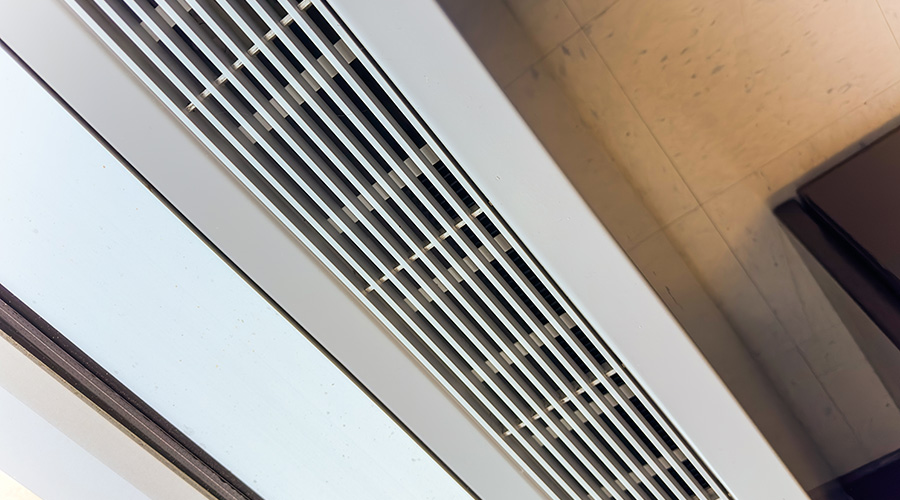Testing Air Filters to Help Occupants Breathe Easier
The events of Sept. 11, 2001, sparked nationwide concern that other buildings housing the workforce or public meeting places might be targets of terrorist attacks. The surge of homeland security efforts includes government entities taking a closer look at the technologies that keep indoor environments safe. Within the past year, the U.S. Environmental Protection Agency’s (EPA) Environmental Technology Verification (ETV) program has begun conducting performance verifications of 10 indoor air filters designed to protect building occupants from biological attack.
“The program we have is intended to test products that are critical to homeland security,” says David Ensor, director at the Research Triangle Institute, an ETV center.
The filters being tested are designed for ventilation air ducting within the mechanical system of a large building. In the event of an exterior biological threat, the filters would remove bacterial or viral agents from the air drawn into the building. In the case of an interior threat, the filters would remove biological agents from the air circulating within the building to stop the distribution of the agent.
The standardized test protocol the ETV uses addresses the filters’ efficiency in removing particles as small as 0.03 microns, characteristic of bacteria and viruses. Using biological surrogates, the ETV completed tests on both loaded and clean filters.
A major reason the ETV began testing ventilation filters is the lack of available data on their performance with biological agents, Ensor says.
“According to our literature survey, no one has ever tested them or published literature on filter performance with microbial material,” he says. In light of the current environment and public concerns, this information could be useful to managers seeking to make informed decisions about selecting a filter, he says.
The filters tested represent a variety of filter media manufactured by different vendors and a range of performance efficiencies as claimed by the vendors. All of the filters tested are on the market.
“We thought it would really be desirable to evaluate the products that are currently available for building ventilation,” Ensor says. “Individuals can look at the data and know in very great detail how these filters perform.”
The verification results of the 10 filters are posted on the ETV Web site.
The ETV also is testing other technologies designed to protect and maintain building security and clean up building contamination. Researchers at Batelle, another ETV center, are testing technologies used for monitoring, measuring and detecting contaminants in indoor air and on surfaces, as well as testing decontamination technologies for buildings.
They also are in the process of completing verifications of an air and surface detection technology (ion mobility spectrometer) and three decontamination technologies (systems based on hydrogen peroxide, chlorine dioxide or formaldehyde).
A list of completed verifications is available at the EPA Web site.
Related Topics:











